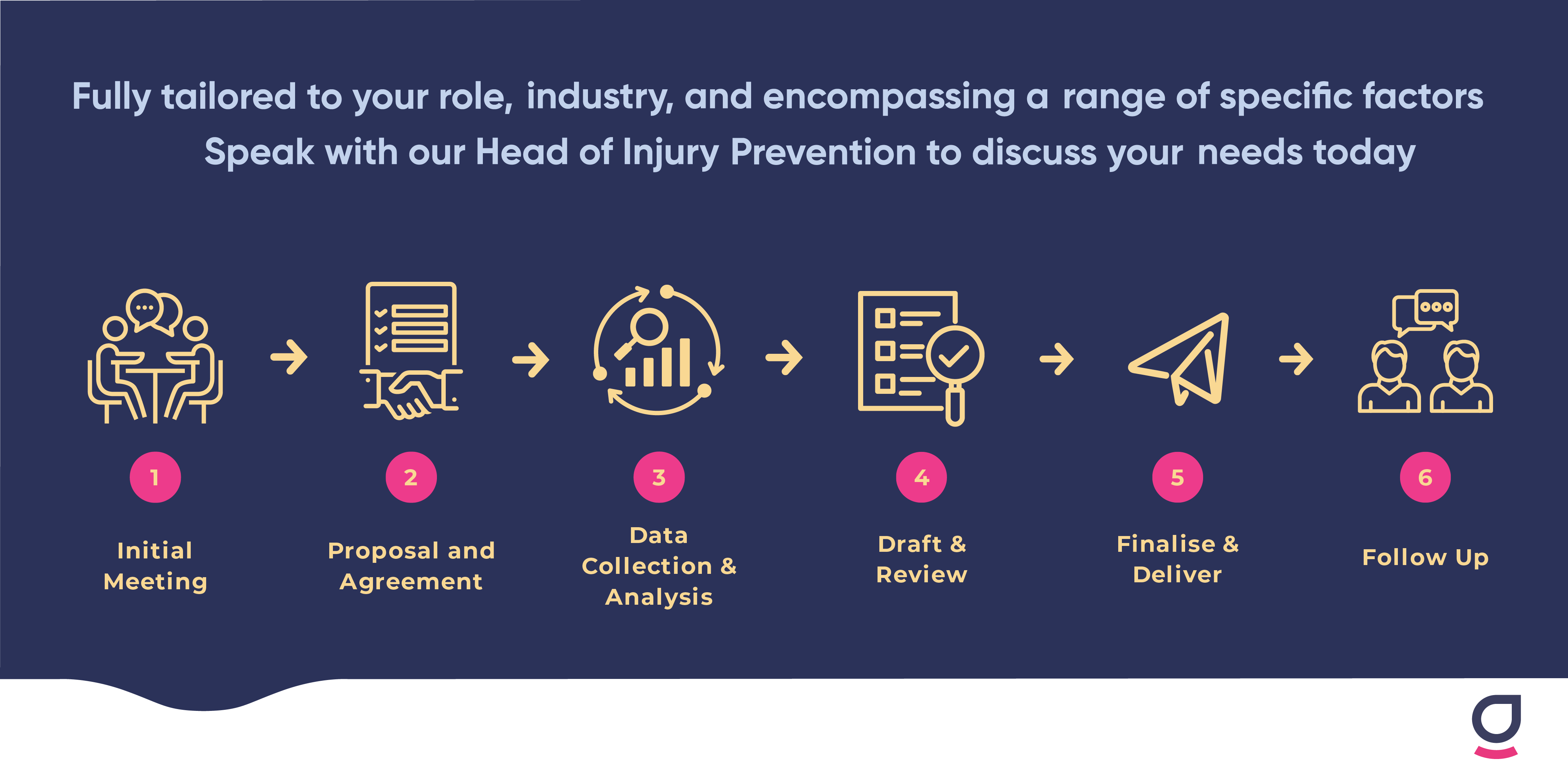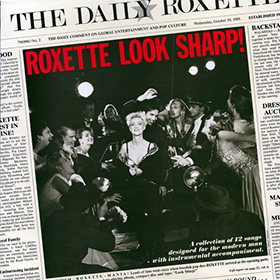Unlock the Potential of Your Workplace with Job Dictionaries
n today’s dynamic work environment, ensuring the safety and well being of employees is paramount. One effective tool that organisations can leverage to achieve this goal is the use of job dictionaries. These comprehensive documents serve as invaluable resources, offering a multitude of benefits that can significantly enhance workplace safety and productivity.
Identify Risks
At the core of job dictionaries lies the ability to proactively identify and mitigate risks before they become workplace injuries. By meticulously breaking down the tasks involved in various roles, these dictionaries provide a clear understanding of the physical demands, as well as cognitive and psychological hazards required to perform each task safely. This proactive approach not only reduces the risk of workplace accidents but also fosters a safer environment for employees to thrive in.
Return to Work Successfully
Job dictionaries play a pivotal role in facilitating the return to work process for injured employees. By identifying suitable duties that align with an individual’s capabilities, these documents empower injured workers to transition back into their roles. This not only improves their chances of success in returning to pre-injury duties but also promotes their overall well being and job satisfaction.
Mitigate Re-Injury
Additionally, job dictionaries support the development of tailored injury prevention measures for specific roles, further reducing the incidence of workplace injuries. They also assist allied health professionals in crafting personalised return to work programs, facilitating a smooth transition for injured workers and mitigating the risk of re-injury. – This is kind of similar to the above….
Improve Employee Retention
The benefits of implementing job dictionaries extend beyond injury prevention and return to work initiatives. Customised to the specific needs of each organisation, these documents serve as objective reference points for various stakeholders, including employers and healthcare professionals. This ensures accurate and efficient pre-employment assessments, thereby streamlining the hiring process and promoting employee retention.

The Prudence Rehab Process
Initial Meeting:
When a customer reaches out, we will gather preliminary information about your needs and expectations for the job dictionary. This is done through a phone call, email, or face-to-face meeting.
Proposal and Agreement: Based on the initial discussion, we prepare a proposal outlining the scope of work, timeline, and cost. Once the customer agrees to the proposal, we then formalise the agreement.
Data Collection & Analysis: We will the start collecting data about the job roles within the customer’s organisation. This could involve conducting interviews with employees, observing them at work, and reviewing existing job descriptions. Sometime data collection will involve utilising tech to measure different aspects of the role. We then analyse the collected data to understand the key tasks, responsibilities, and physical demands of each job role. This will also include identifying any potential physical and psychological risks or hazards associated with the job.
Drafting & Review: Based on the analysis, we then start drafting the job dictionary. Each entry will include a detailed description of the job role, key tasks, physical and psychological demands, and any identified risks or hazards. Once the draft is ready, we will review it thoroughly for accuracy and completeness. At this point we will also seek customer feedback and make any necessary revisions based on their input.
Finalise: After all revisions have been made and the customer is satisfied with the job dictionary, we will then finalise the document. Delivery of the final job dictionary is done electronically, via a password protected email.
Follow-Up: After delivery, we will follow up with the customer to ensure they are satisfied with the job dictionary and to address any questions or concerns they may have.
In summary, job dictionaries are indispensable tools that unlock the full potential of the workplace. By promoting safety, facilitating return to work initiatives, and supporting injury prevention measures, these documents play a crucial role in creating a thriving, productive and safe work environment.
































